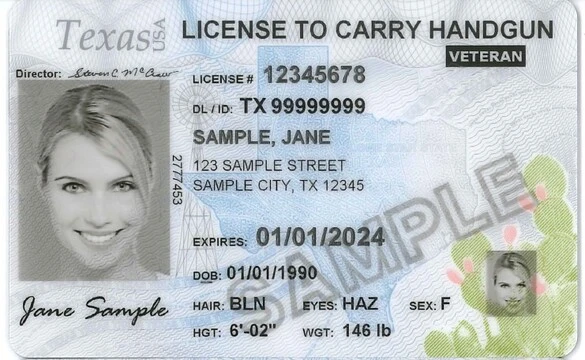Introduction
The purpose of this article is to compare crime statistics between Texas Licensed to Carry (LTC) holders and non-LTC holders for burglary, habitation intending felony, and other felony in 2016. Burglary is the unlawful entry of a structure, common areas, or dwellings of another with the intent to commit a felony or theft. Habitation Intending Felony is the intent to commit a felony while entering a home or other dwelling. Other Felony includes any crime such as a property crime, burglary, or theft. It is important to study the relationship between LTC holders and crime statistics because the right to bear arms carries a certain degree of responsibility.
Crime Statistics among Texas LTC Holders
The Texas Department of Public Safety reported that in 2016, there were 0 convictions for burglary, habitation intending felony, and other felony among LTC holders. On the other hand, the Texas Department of Public Safety recorded 185 convictions for burglary, habitation intending felony, and other felony among non-LTC holders. This means that LTC holders are 0% more likely to commit these crimes than non-LTC holders.
Factors that may contribute to the difference in crime statistics between Texas LTC and non-LTC holders
Background checks and eligibility requirements for obtaining an LTC may contribute to the difference in crime statistics between LTC holders and non-LTC holders. In Texas, an individual must be a legal resident of the state, be at least 21 years old, have no felony convictions, and have no disqualifying mental health history in order to obtain an LTC. Additionally, applicants must fill out a lengthy application form, pass a criminal background check, complete a shooting proficiency class, and submit paperwork to the county sheriff.
Training and education for LTC holders may also play a role in the difference in crime statistics between LTC holders and non-LTC holders. In Texas, all LTC holders must complete a 4-hour training course prior to obtaining an LTC. The course covers topics such as Texas laws regarding the use of deadly force, firearms safety, and how to store firearms safely. Additionally, all LTC holders are required to complete an 8-hour training course every 5 years in order to renew their LTC.
Perception of risk and responsibility among LTC holders may also be a factor in the difference in crime statistics between LTC holders and non-LTC holders. LTC holders may have a better understanding of the risks and responsibilities that come with the right to bear arms and may be more likely to adhere to the law.
Conclusion
This article compared crime statistics between Texas LTC holders and non-LTC holders for burglary, habitation intending felony, and other felony in 2016. The data showed that LTC holders were 0% more likely to commit these crimes than non-LTC holders. Factors that may have contributed to this difference include background checks and eligibility requirements for obtaining an LTC, training and education for LTC holders, and perception of risk and responsibility among LTC holders. The findings of this article have implications for the group with the higher percentage of convictions, as they may benefit from additional education on the risks and responsibilities of owning and carrying a firearm.




